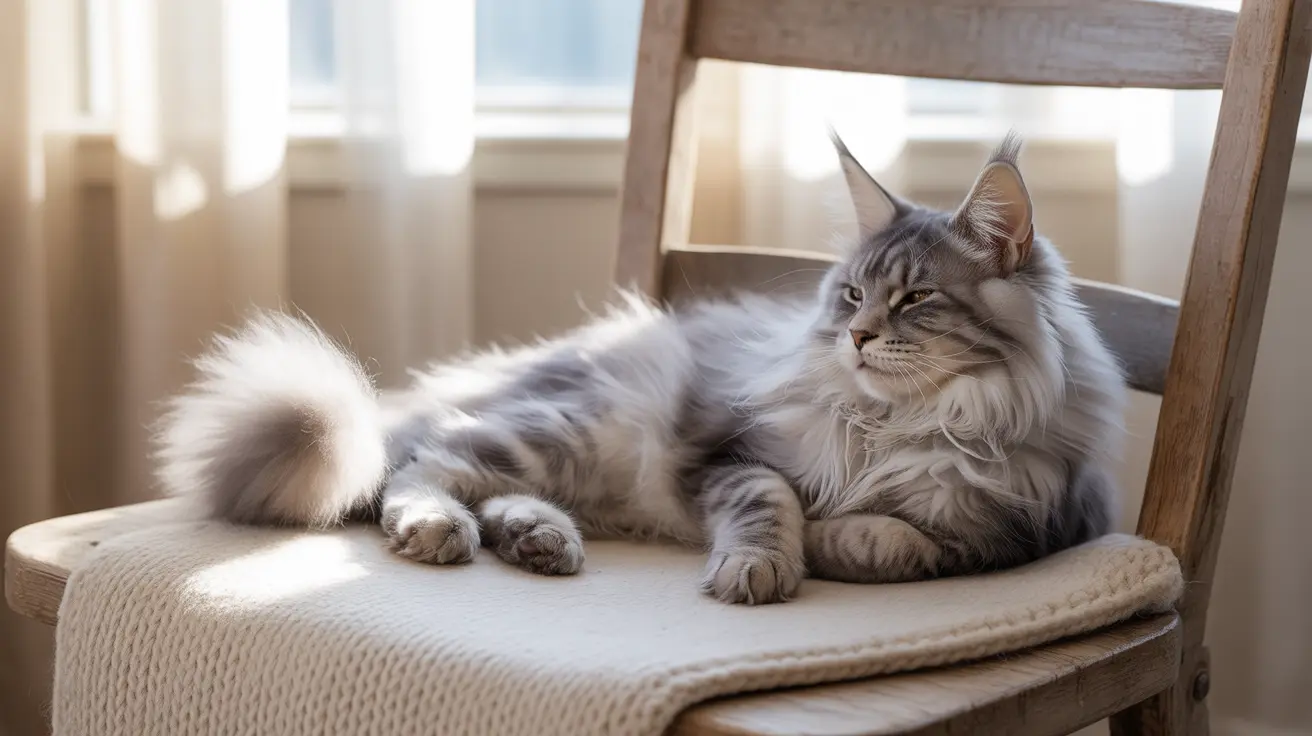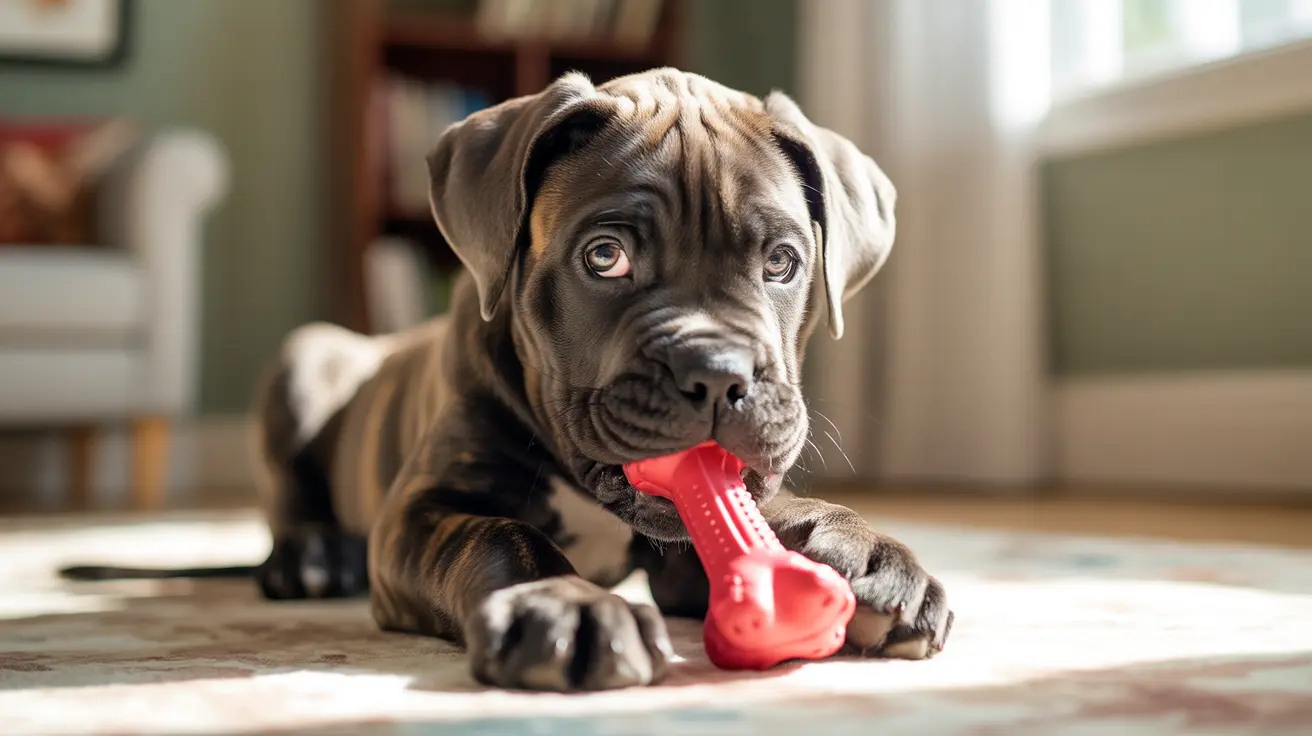Understanding Luxating Patella in Cats
A luxating patella, commonly known as a floating kneecap, is a concerning condition that affects many cats. This condition occurs when the patella (kneecap) slides out of its normal position within the knee joint, potentially causing discomfort and mobility issues for your feline companion.
While this condition can affect cats of any age or breed, understanding its signs and treatment options is crucial for ensuring your cat maintains a high quality of life. Whether the condition is present from birth or develops due to injury, early detection and proper management are key to successful outcomes.
Common Causes and Risk Factors
Several factors can contribute to the development of a luxating patella in cats. Congenital abnormalities, where cats are born with structural irregularities in their knee joints, are among the most common causes. These developmental issues can affect the alignment of the knee joint and surrounding structures.
Trauma or injury to the knee area can also lead to patellar luxation. Additionally, obesity places extra stress on the joints, potentially exacerbating the condition or increasing its likelihood of development.
Recognizing the Signs
Cats with luxating patella may exhibit various symptoms, including:
- Intermittent limping or skipping while walking
- Reluctance to jump or climb stairs
- Visible knee joint swelling
- Abnormal sitting postures
- Sudden lifting of the affected leg while walking
It's important to note that cats are masters at hiding pain, so these symptoms might not be immediately obvious in early stages.
Diagnosis Process
Veterinarians diagnose luxating patella through a combination of physical examination and diagnostic imaging. During the examination, they will carefully manipulate the knee joint to assess the patella's stability and movement. X-rays help determine the severity of the condition and rule out other potential issues.
The condition is graded on a scale from I to IV, with Grade I being the mildest form and Grade IV being the most severe. This grading system helps veterinarians determine the most appropriate treatment approach.
Treatment Options and Management
Treatment for luxating patella varies depending on the severity of the condition. Conservative management might be sufficient for mild cases, including:
- Weight management
- Physical therapy exercises
- Anti-inflammatory medications
- Activity modification
For more severe cases, surgical intervention may be necessary. Surgical procedures can include deepening the groove where the kneecap sits, realigning the quadriceps mechanism, or reconstructing soft tissues around the joint.
Recovery and Long-term Outlook
The prognosis for cats with luxating patella largely depends on the severity of the condition and the chosen treatment approach. Many cats respond well to appropriate treatment and can return to normal activities. However, ongoing monitoring and management may be necessary to prevent complications.
Frequently Asked Questions
What are the common signs that my cat might have a luxating patella?
Common signs include intermittent limping, skipping while walking, reluctance to jump, and sudden lifting of the affected leg. You might also notice your cat avoiding certain activities or showing discomfort when the knee is touched.
How is luxating patella diagnosed in cats by a veterinarian?
Veterinarians diagnose this condition through physical examination, where they manually check the knee's stability and movement. They often confirm the diagnosis with X-rays to assess severity and rule out other conditions.
Can a mild luxating patella in cats be managed without surgery?
Yes, mild cases (Grade I and some Grade II) can often be managed conservatively through weight management, controlled exercise, and anti-inflammatory medications. However, regular monitoring is essential to ensure the condition doesn't worsen.
What surgical options are available to treat severe luxating patella in cats?
Surgical options include trochleoplasty (deepening the groove where the kneecap sits), tibial tuberosity transposition (realigning the patellar ligament), and soft tissue reconstruction. The specific procedure depends on the severity and underlying causes.
How can I help prevent luxating patella or manage my cat's recovery after treatment?
Prevention and recovery management include maintaining a healthy weight, providing appropriate exercise, following post-treatment instructions carefully, and attending regular veterinary check-ups. Creating a safe environment with minimal jumping hazards can also help during recovery.






